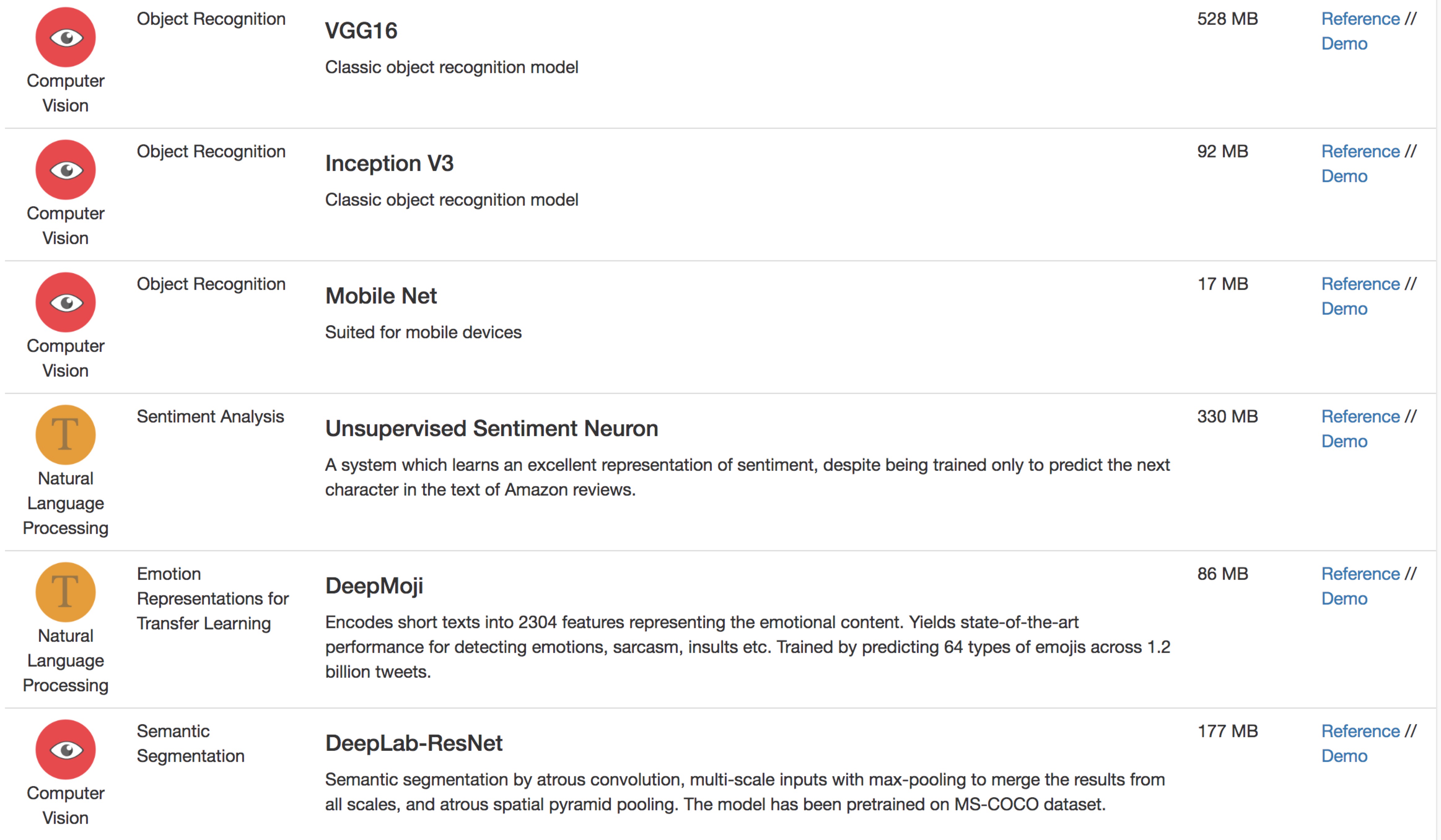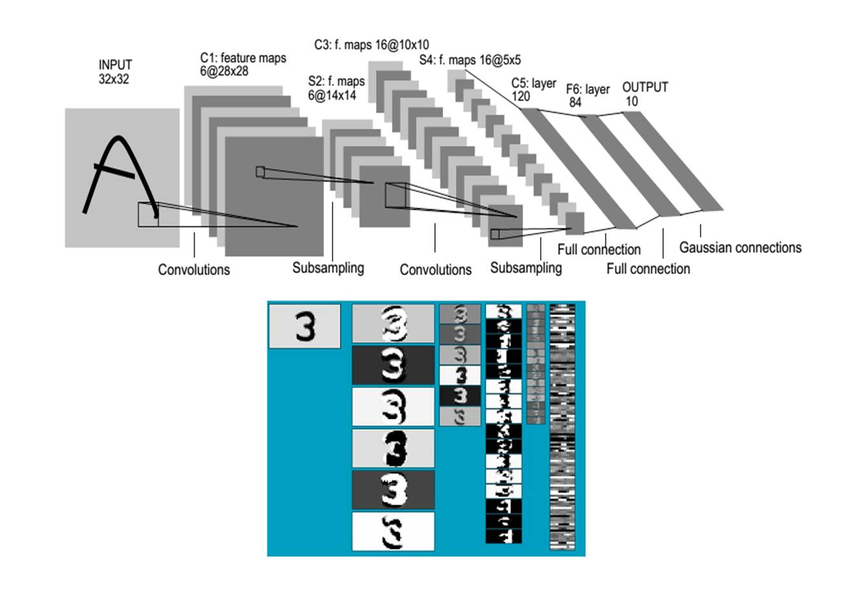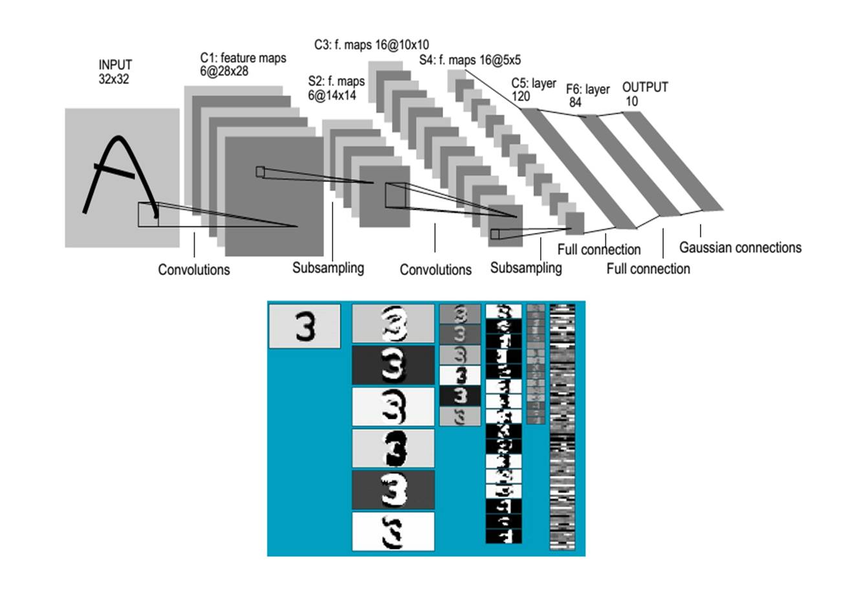使用 TensorFlow 进行基本操作的实例,这个实例主要是使用 TensorFlow 进行了加法运算。 包括使用 constant 常量进行加法运算和使用 placeholder 进行变量加法运算,以及扩展到矩阵的加法运算。 TensorFlow 变量定义,加法运算。
https://zhuanlan.zhihu.com/TensorFlownews
# -*- coding:utf-8 -*-
from __future__ import print_function
'''
使用 TensorFlow 进行基本操作的实例,这个实例主要是使用 TensorFlow 进行了加法运算。
包括使用 constant 常量进行加法运算和使用 placeholder 进行变量加法运算,以及扩展到矩阵的加法运算。
TensorFlow 变量定义,加法运算。
'''
'''
Basic Operations example using TensorFlow library.
Author: Aymeric Damien
Project: https://github.com/aymericdamien/TensorFlow-Examples/
'''
import tensorflow as tf
# Basic constant operations
# The value returned by the constructor represents the output
# of the Constant op.
a = tf.constant(2)
b = tf.constant(3)
# Launch the default graph.
with tf.Session() as sess:
print("a=2, b=3")
print("Addition with constants: %i" % sess.run(a+b))
print("Multiplication with constants: %i" % sess.run(a*b))
# Basic Operations with variable as graph input
# The value returned by the constructor represents the output
# of the Variable op. (define as input when running session)
# tf Graph input
a = tf.placeholder(tf.int16)
b = tf.placeholder(tf.int16)
# Define some operations
add = tf.add(a, b)
mul = tf.multiply(a, b)
# Launch the default graph.
with tf.Session() as sess:
# Run every operation with variable input
print("Addition with variables: %i" % sess.run(add, feed_dict={a: 2, b: 3}))
print("Multiplication with variables: %i" % sess.run(mul, feed_dict={a: 2, b: 3}))
# ----------------
# More in details:
# Matrix Multiplication from TensorFlow official tutorial
# Create a Constant op that produces a 1x2 matrix. The op is
# added as a node to the default graph.
#
# The value returned by the constructor represents the output
# of the Constant op.
matrix1 = tf.constant([[3., 3.]])
# Create another Constant that produces a 2x1 matrix.
matrix2 = tf.constant([[2.],[2.]])
# Create a Matmul op that takes 'matrix1' and 'matrix2' as inputs.
# The returned value, 'product', represents the result of the matrix
# multiplication.
product = tf.matmul(matrix1, matrix2)
# To run the matmul op we call the session 'run()' method, passing 'product'
# which represents the output of the matmul op. This indicates to the call
# that we want to get the output of the matmul op back.
#
# All inputs needed by the op are run automatically by the session. They
# typically are run in parallel.
#
# The call 'run(product)' thus causes the execution of threes ops in the
# graph: the two constants and matmul.
#
# The output of the op is returned in 'result' as a numpy `ndarray` object.
with tf.Session() as sess:
result = sess.run(product)
print(result)
# ==> [[ 12.]]


